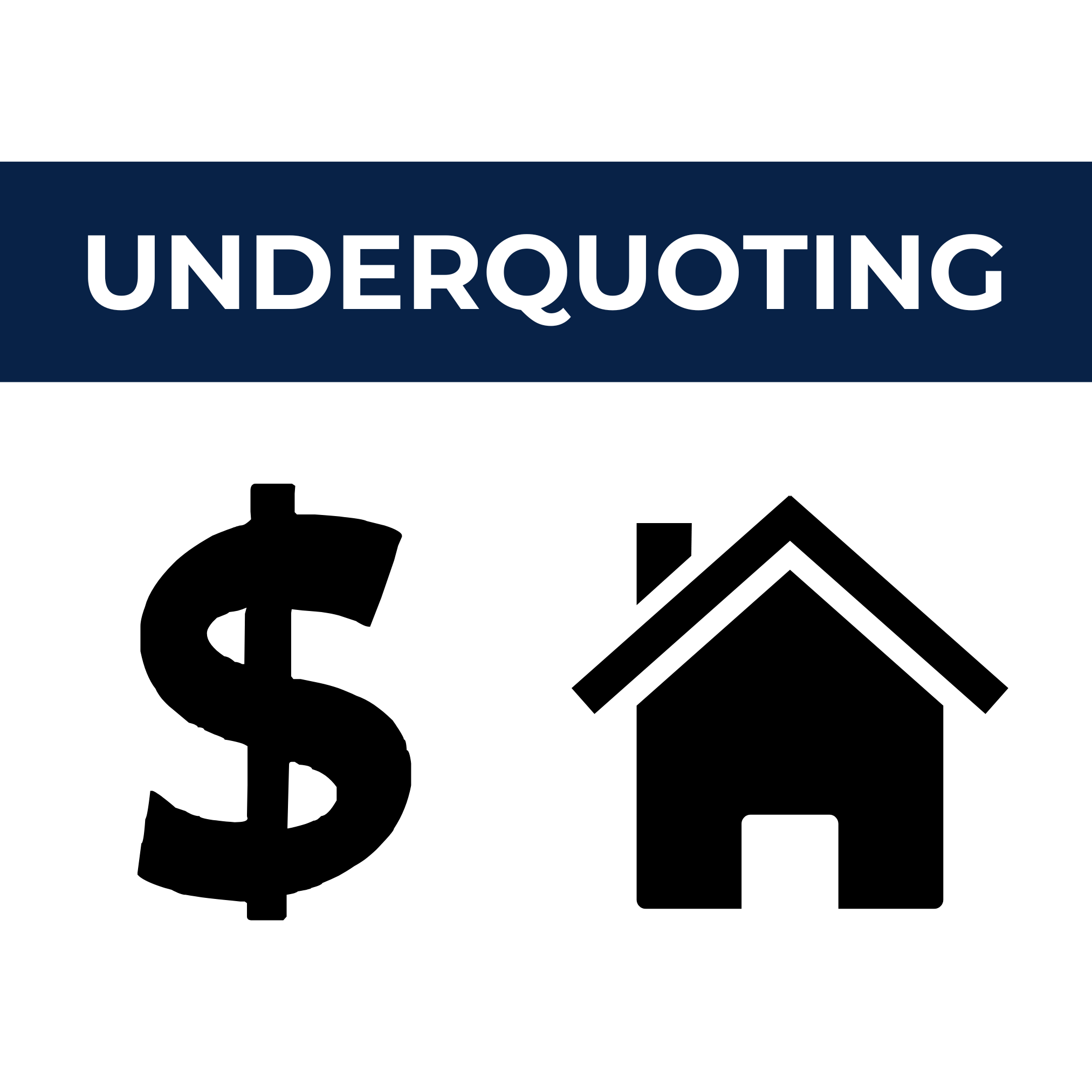Property Prices
Are you tired of being in the dark when it comes to property prices? Do you want to gain a deeper understanding of how property price guides work and how they can help you make informed buying or selling decisions? Look no further!
Whether you are a first-time buyer trying to navigate the real estate market or a seasoned investor looking for new opportunities, understanding property price guides is essential. We take a look at the factors that influence property prices and examine how price guides are compiled. From the impact of location and market trends to the importance of accurate data, we will leave no stone unturned.
Property Price Guides
Property price guides play a crucial role in the real estate market. They provide valuable information about the current market conditions and help both buyers and sellers make informed decisions. These guides act as a benchmark for property prices, giving potential buyers an idea of what they can expect to pay for a particular property. For sellers, property price guides help in setting a realistic asking price. By understanding the importance of property price guides, you can gain a competitive edge in the market.
When it comes to property price guides, there are various types available.
Online property portals such as realestate.com.au and domain.com.au provide real-time data and allow users to search for specific properties based on their budget and preferences. Reports from real estate agencies offer insights into local market conditions, trends and recent comparables.
How Property Price Guides are Calculated
Property price guides are calculated using a combination of factors that influence property prices. Location is one of the most significant factors. Properties in desirable suburbs or areas with good amenities tend to have higher price guides. Other factors such as property size, condition, and features. The current state of the market, including supply and demand dynamics, also impacts property price guides. Understanding how these factors are considered in the calculation of property price guides will give you a better understanding of their reliability and accuracy.
Factors that Influence Property Price Guides
A multitude of factors influence property price guides. Understanding these factors will help you decipher the information provided by price guides and make informed decisions. Location is a key factor that can significantly impact property prices. Properties located in sought after suburbs or areas with excellent transport links and amenities tend to have higher price guides.
The size and condition of the property are also important considerations. Larger properties with modern features and high-quality finishes are likely to have higher price guides. Other factors that can influence property price guides include the presence of schools, parks, shopping centers, and proximity to major employment hubs.
Common Misconceptions about Property Price Guides
There are several common misconceptions surrounding property price guides. One of the most prevalent misconceptions is that property price guides are always accurate and reflective of the actual sale prices. While price guides provide valuable insights, they are estimates and may not always align with the final sale price of a property.
Another misconception is that property price guides are static and don’t change over time. In reality, property prices can fluctuate due to various factors such as market conditions, supply and demand dynamics and economic factors. It’s important to view property price guides as a starting point and consider other factors that may influence the value of a property.
Property Price Guides Broken Down
Private Treaty
This is the most common method of sale, a price guide usually displayed between two amounts. Eg. $900,000 – $990,000. Legally the maximum amount can’t exceed more than 10% of the minimum price displayed.
Auction Bidding Price Guides
This type of price guide is commonly used for properties that are being sold through auction. It provides a range or a single figure that is supposed to represent the expected selling price of the property. However, this is not always the case and depends on what the reserve price is set at. A reserve price is the minimum price that a seller is willing to accept for the property.
It is set in consultation with the seller and the selling agent based on factors such as the property’s value, market conditions, and the seller’s expectations. During the auction, bidders are required to bid above the reserve price for the property to be sold. If the highest bid reaches or exceeds the reserve price, the property is considered “on the market” and will be sold to the highest bidder. If the highest bid does not meet the reserve price, the property may be passed in, and negotiations may continue afterward between the seller and interested parties.
The auction price guide helps potential buyers understand the approximate value of the property and make informed decisions about their bidding strategy.
Expression of Interest (EOI)
In NSW, an Expression of Interest (EOI) is a way for potential buyers to show their interest in a property that is up for sale. It’s a formal process where interested buyers can submit their offers or proposals to purchase the property.
Expression of Interest/Tender Process
Property Information
The seller or selling agent provides details about the property, such as its features and location.
Submission Period
Potential buyers are given a specific time frame to submit their expressions of interest.
Making an Offer
Interested buyers write down their offers in a written format. They include information like the proposed purchase price, any conditions, desired settlement period, and other relevant details.
Evaluation
After the submission period ends, the seller or agent reviews the offers received. They consider factors like the price offered, terms proposed, buyers financial capacity, and more.
Negotiations
The seller may negotiate with one or more interested buyers to refine the terms or seek additional information.
Decision
The seller then decides whether to accept, reject, or further negotiate with the buyers based on their preferences and the offers received.
Reading Property Price Guides
It’s essential to approach property price guides as informative tools rather than definitive values. The property market can be dynamic and prices can change due to various factors. Therefore, it is advisable to use these guides in conjunction with expert advice and thorough research to navigate the property market successfully. Whether you’re a buyer or seller, understanding property price guides will empower you to make confident and well-informed real estate decisions in New South Wales.
Property price guides are valuable resources that provide estimated property values in specific areas. Numerous online platforms, real estate agencies, and buyers agents tools can show sales data and property price trends. By researching recent sales in the desired location, you can get an idea of the prevailing market conditions and property values in the area.
Working with Sydney Buyers Agents
Working with a buyers agent Sydney to understand the property market and price guides can provide multiple benefits. Sydney buyers agents can save you hundreds of thousands of dollars during negotiations depending on the property price. As experienced Sydney buyers agents we are able to provide you with both current and off market sales comparables within the area. This provides the most up to date and accurate data of recent transactions. Sydney buyers agents have a deep understanding of the real estate market and will be your expert negotiators throughout the buying process.




